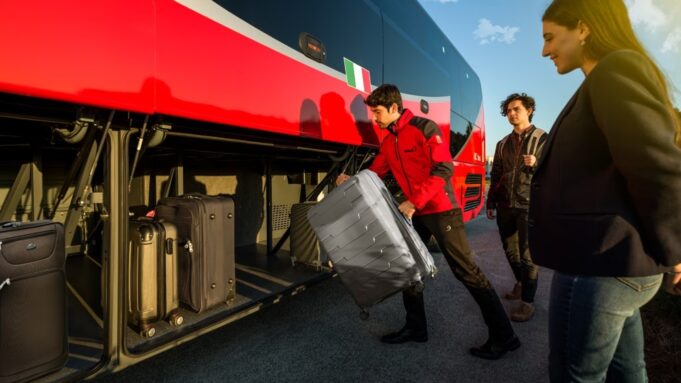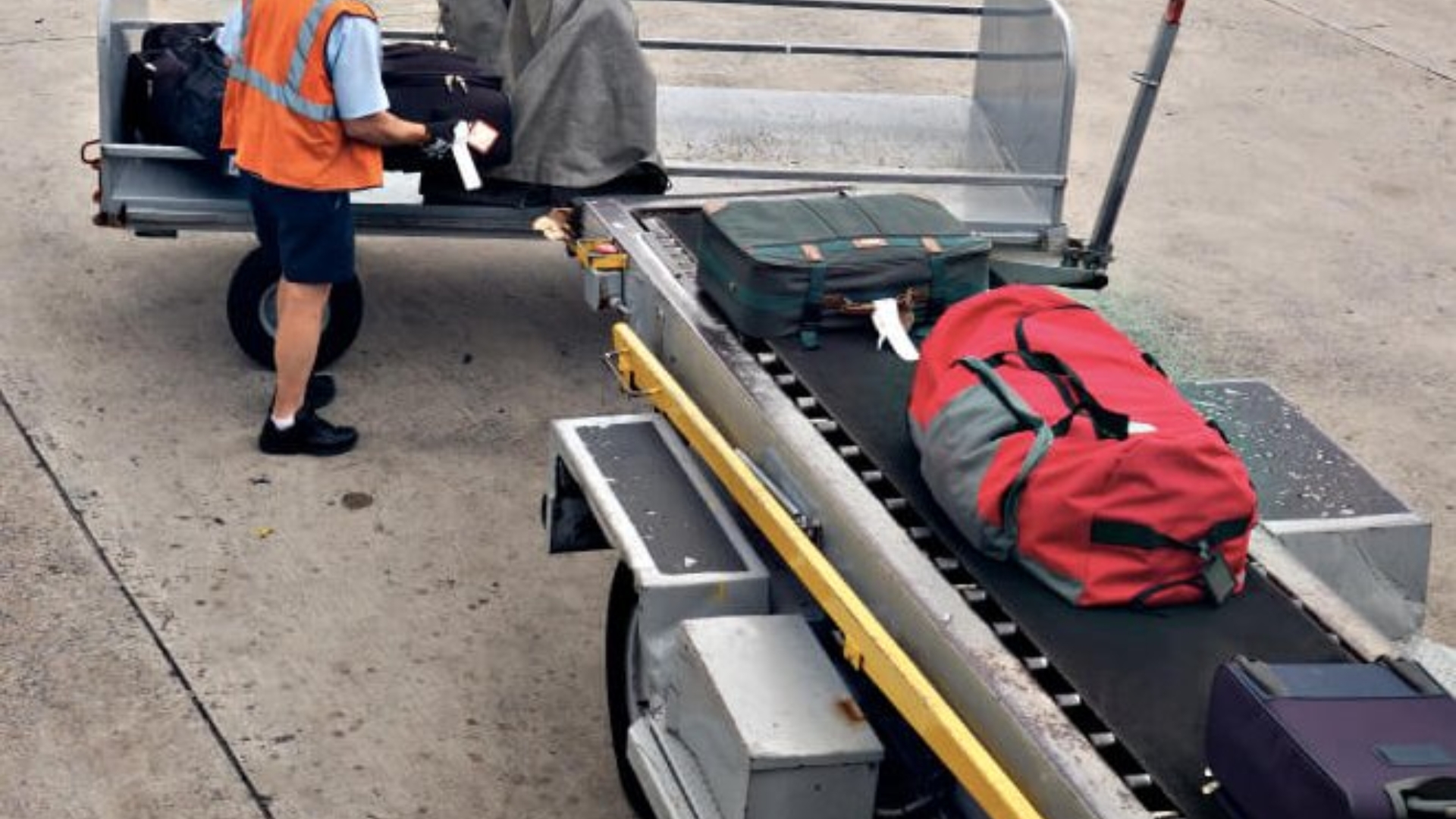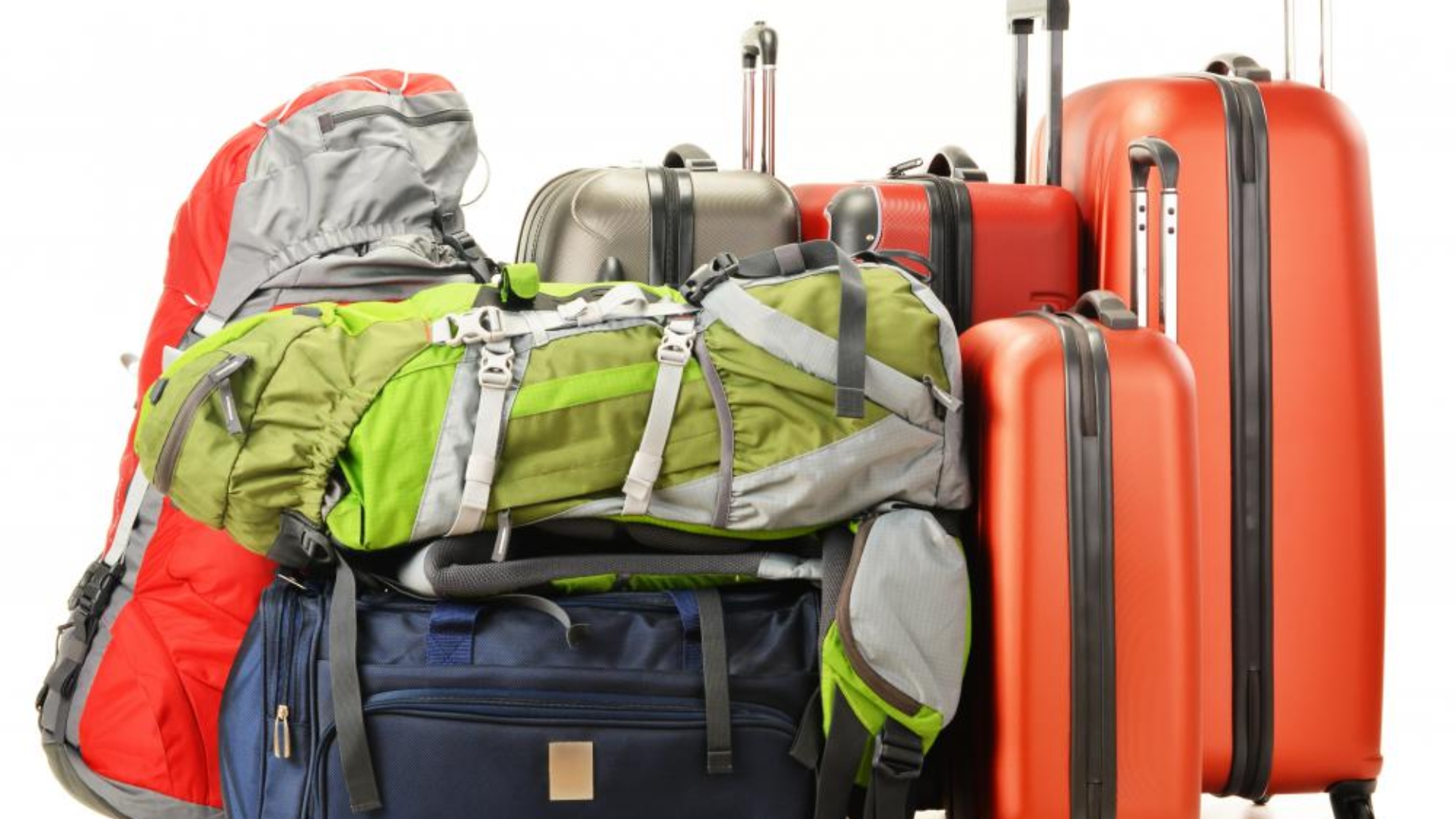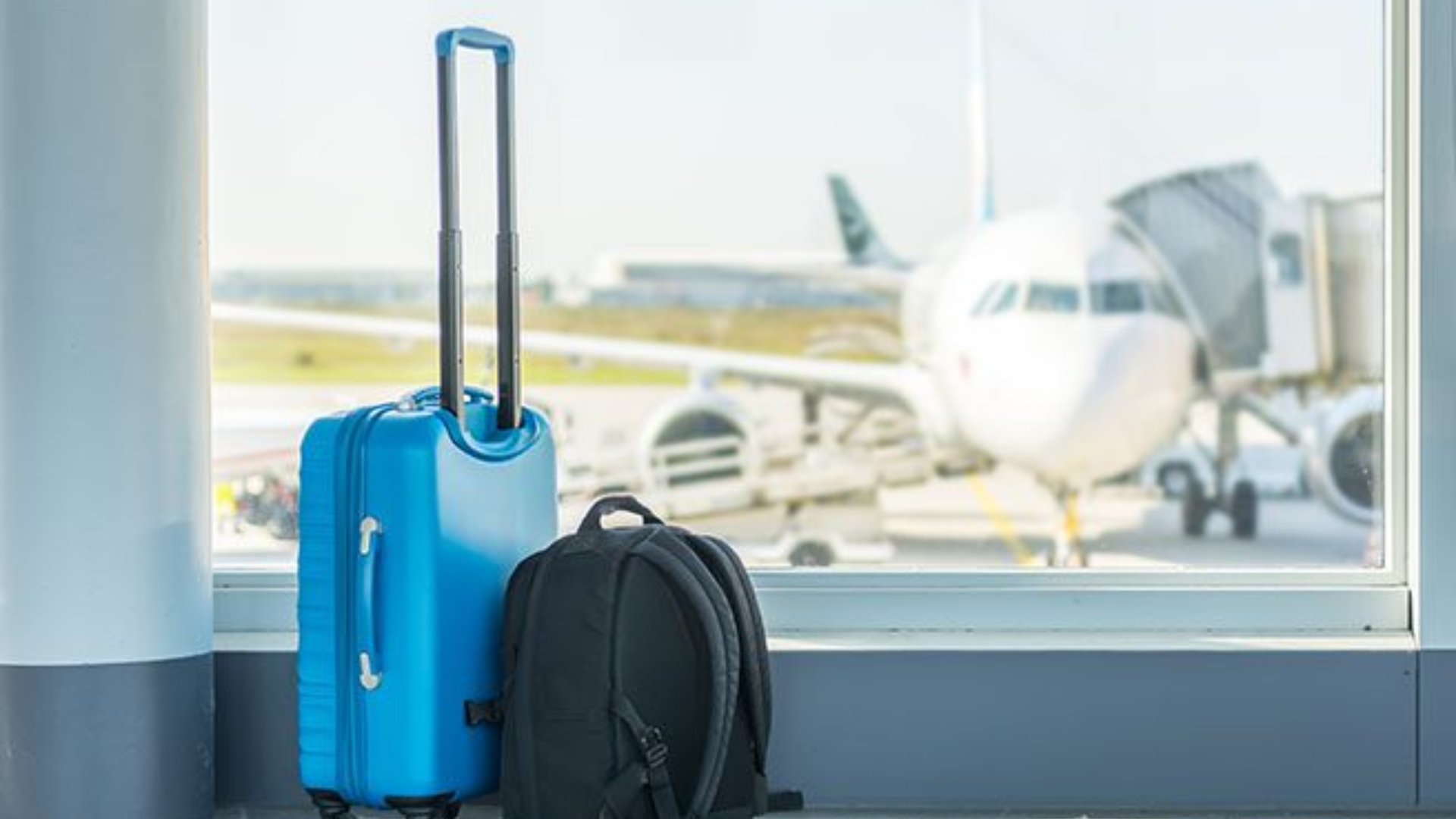In this article:
The luggage allowance on a bus varies by company but typically includes one checked bag and one carry-on. Size and weight restrictions often apply to these items.
Planning a bus trip requires consideration of luggage limitations, as they can greatly influence your travel experience. Different bus companies have their own policies, which usually permit passengers to bring a combination of personal items and luggage.
Understanding these regulations before your journey ensures a seamless travel experience without last-minute surprises or extra fees for oversized or additional baggage.
Passengers must check with their chosen bus service for the most accurate luggage information, as non-compliance with baggage rules might lead to delays or complications during boarding.
Always aim to travel light and adhere to the specified luggage requirements for a hassle-free trip on the bus.
Luggage Policies: A Bus Travel Primer
Bus travel often comes with the benefit of avoiding hefty baggage fees typically associated with air travel. Yet, understanding luggage policies is still essential for a smooth journey.
Not all buses have the same rules; being prepared will keep you on the fast track to your final destination without hiccups.
Types of Buses and Their Rules
Whether you’re boarding a local shuttle or embarking on a cross-country trek, different bus services have distinct regulations:
- City Buses: Often limit passengers to what they can carry on their laps or under their seats.
- Intercity Buses: This may allow a larger piece in the undercarriage storage.
- Private Charter Buses: Often have the most flexible options, perfect for group trips with extra gear.
- Long-Distance Coaches: Enforce stricter limits due to higher passenger volumes.
Standard Luggage Allowances
Understanding the typical allowances can avoid last-minute surprises at the bus station:
| Bus Type | Cabin Baggage | Checked Baggage |
|---|---|---|
| City Bus | One small item. | N/A |
| Intercity Bus | One personal item. | One standard suitcase. |
| Private Charter Bus | Varies | Varies |
| Long-Distance Coach | One personal item. | One to two bags, weight limit applicable. |
Always check your ticket and the bus company’s website for specifics related to your trip. Each company might enforce unique size and weight restrictions.
Being proactive ensures your luggage fits within the prescribed limits. Make sure to tag all your belongings.
Maximizing Your Luggage Space
Traveling by bus means packing smart. Not sure how to fit everything you need? Maximizing your luggage space is key. A few clever tricks can make all the difference.
Let’s dive into the best ways to pack efficiently for your next bus journey.
Packing Tips for Bus Travel
Effective packing ensures a comfortable trip. Follow these tips:
- Start with a list. Write down essentials.
- Choose soft bags over hard suitcases. They’re more flexible.
- Roll clothes; don’t fold. It saves space.
- Use packing cubes. They keep things organized.
- Wear your bulkiest clothes on the bus. It saves room.
- Limit shoes. Just take what you need.
- Think multifunctional. Items with multiple uses are best.
Prohibited Items and Safety Considerations
Know what not to bring. Certain items are banned for safety reasons:
| Item Type | Examples |
|---|---|
| Flammables | Aerosols, lighters |
| Weapons | Guns, knives |
| Chemicals | Cleaning agents |
| Illegal substances | Drugs |
Check the bus company’s policy. Some have specific rules. Remember, safety comes first. Luggage should not block aisles or exits. Keep it tidy and secure.
Additional Luggage: Fees and Restrictions
Traveling by bus often means packing smart and light. But sometimes, extra luggage is necessary. Understanding the costs and rules for additional bags can help you plan better and avoid surprises on your journey.
Understanding Extra Luggage Charges
Buses have strict luggage allowances. Most companies let you bring a standard bag or two for free.
For anything more, prepare to pay extra. These extra luggage charges vary by company but are typically transparent and predictable.
- Standard free allowance: usually one or two bags
- Oversized bags: additional fees apply
- Extra bags: flat rate per piece
Special Items: Instruments and Sporting Equipment
Traveling with a guitar or skis? Special items like instruments and sports equipment often require special handling and extra fees. Check bus company policies before packing.
| Item Type | Handling Fee | Size Restrictions |
| Musical instruments | Varies | Must fit in overhead bins or under seats |
| Sporting equipment | Varies | Limited to certain dimensions |
Always call ahead to confirm fees and restrictions for these items. Some bus services may not accommodate them, so it’s best to know before you go.
Navigating Carry-on Expectations
When traveling by bus, understanding luggage limits is key. Buses have specific rules for what you can bring on board.
Through this section, learn the dos and don’ts of bus carry-on expectations to ensure a smooth journey.
Size and Weight Limits for Carry-ons
Buses often have strict size and weight restrictions for carry-on luggage. To avoid surprises, here’s what you need to know:
| Dimension | Weight | Number of Bags |
| Typically 62 inches (total) | Usually up to 25 pounds | Most often, one carry-on |
- Measure your bag before leaving.
- Check your bus company’s website for specific limits.
- Prepare for inspections; bags might be checked for compliance.
Keeping Valuables and Essentials Accessible
Keep important items in a small bag. Essentials should be within reach during your ride. Here’s how you can keep them handy:
- Medications: Bring a day’s worth in your carry-on.
- Documents: Store IDs and tickets in an accessible pocket.
- Electronics: Pack chargers and devices for use on the go.
Tip: Use a lightweight backpack or tote for these items. It makes access easier and keeps belongings secure.
International Bus Trips: A Different Ball Game
When stepping into international bus travel, luggage rules change. Countries set unique limits and policies for bags.
Each trip across borders introduces new luggage protocols. Knowing these can ease your journey.
Cross-border Regulations
Traveling internationally by bus means crossing borders with all your belongings. Each country enforces specific luggage rules. It’s crucial to know these regulations:
- Check the allowed baggage size and weight with the bus company.
- Understand duties and taxes for items you bring across the border.
- Make a note of prohibited items to avoid delays or fines.
- Carry proper documentation for checked and carry-on luggage.
Your ticket may outline basic rules. Always double-check the bus company’s website for updates.
Cultural Norms and Luggage Etiquette
Every culture views luggage etiquette differently. Respecting norms is key on international routes. Consider these tips:
- Compact and neat packing is appreciated.
- Offer space to fellow passengers where possible.
- Help others with heavy bags if you can.
- Be ready for luggage stacking in tight bus holds.
Observing local customs fosters a pleasant trip for everyone on board.
Handling Luggage Mishaps
Traveling by bus can be an adventure. But sometimes your luggage might not have the same smooth journey as you do. Knowing what to do if your bags get lost or damaged during your bus trip is essential.
Here’s your guide to navigating through those unexpected luggage mishaps.
Dealing With Lost or Damaged Items
Act quickly if you notice your luggage is missing or harmed. Alert the bus staff immediately – they can assist in locating your items. Always check for visible damage before leaving the bus station.
If you find any, report it on the spot. This step is crucial for a smooth claim process.
To support your case:
- Take photos of the damage.
- Keep your travel tickets and baggage receipts.
- Fill in a written report with the bus company.
Insurance and Liability on the Road
Bus companies often have a liability policy for lost or damaged luggage. Know your rights and the company’s terms before you travel. Some bus tickets may include insurance, but it’s not a given.
You might want to consider additional travel insurance for peace of mind.
Here’s a table with key points on insurance:
| Insurance Type | What It Covers | How to Get It |
|---|---|---|
| Bus Company Liability | Basics up to a limit | Included with ticket |
| Travel Insurance | Comprehensive options | Purchased separately |
Travel insurance services might provide:
- Coverage for loss and theft
- Reimbursement for delayed bags
- Protection for valuables
Read your policy carefully. Pack smart. Travel with confidence.
Frequently Asked Questions
What is the Luggage Limit on Buses?
Most bus companies have a luggage limit of 50 pounds per passenger, with size restrictions similar to airlines.
Can I Bring Extra Bags on the Bus?
Yes, but depending on the bus company’s policy, you may incur additional fees for excess or oversized luggage.
Are There Restricted Items on Buses?
Flammable liquids, firearms, and certain chemicals are generally prohibited, but check your specific bus company’s guidelines.
How Does Luggage Size Affect Bus Travel?
Oversized luggage may require special handling and fees, impacting available space for other passengers.
Is Carry-on Luggage Allowed on Buses?
Yes, one small carry-on is typically allowed on board to be stored under your seat or in an overhead compartment.
Conclusion
Traveling by bus offers a cost-effective and convenient option to reach your destination. Always check the luggage policy before packing, as limits vary between companies.
Pack smart to make the most of your allowance, ensuring a hassle-free journey. Remember, adhering to the baggage rules can enhance your travel experience, keeping it smooth and enjoyable.









